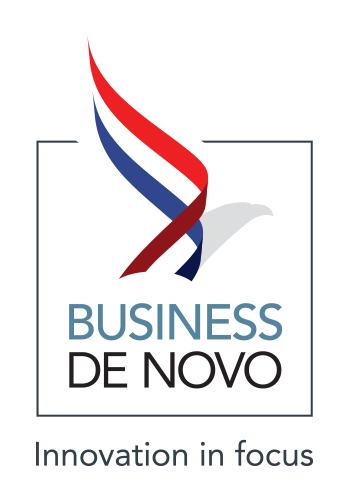Any time a patent survives today’s dual gauntlet of a dismissal on the pleadings and inter partes review, I get a big smile on my face. The patent system may not be working as efficiently as it could be, but it’s working.
On Feb. 6, our client Thales Visionix prevailed at the Federal Circuit in a long-running dispute with infringer Elbit Systems of America, on the key claims of a patented technology for the helmet-mounted display used in the F-35 Joint Strike Fighter.
It’s our third win in this dispute, and the patentee hasn’t even been on offense yet.
In 2014, Thales filed its original infringement action in the U.S. Court of Federal Claims (CFC), arguing that defendant Elbit Systems had supplied to the government and its contractor Lockheed Martin technology that infringes Thales’ U.S. Patent No. 6,474,159 (“the ’159 Patent”). In response, Elbit and the government asked for and received a “pleadings dismissal” because, in their view, the ’159 Patent did not claim patent-eligible subject-matter.
Contemporaneously with the matter pending at the CFC, Elbit sought inter partes review of various claims of the ’159 Patent. So, as is often the case these days, Thales was fighting the validity battle on two fronts: appeal of the CFC decision and review at the PTAB.
In late 2016, Thales turned the tables. First, the PTAB’s decision favored Thales. The Board found, inter alia, that Elbit failed to demonstrate by a preponderance of the evidence that our client’s key claims would have been obvious over prior art. See Elbit Systems of America, LLC v. Thales Visionix, Inc., IPR2015-01095 (P.T.A.B. Oct. 14, 2016).
Then, last March, the Federal Circuit reversed the CFC pleadings dismissal, determining that the ’159 Patent claims were not abstract under Alice. This was a signal win for us, given the preponderance of cases—more than 90%—that have failed on appeal to the CAFC since the Alice ruling.
After these two decisions, which took a long time and a lot of work just to get back to square one at the CFC, this week the Federal Circuit affirmed the PTAB’s decision on the ’159 Patent.
The technology disclosed in the ’159 Patent is some of the coolest I’ve seen. That’s not surprising, because the F-35 Lightning II has the most advanced communications suite of any fighter ever built. Its helmet-mounted, heads-up display allows a moving object (the fighter pilot’s head) to know its position relative to other moving objects (i.e., the enemy) while moving rapidly through space.
Speaking of knowing your position (and hitting the target!), kudos to my partner Dan Konieczny, who argued our case at the Federal Circuit this January.
Here’s the decision written by Judge Wallach. Here’s a short recap at Law360.
MIMI

